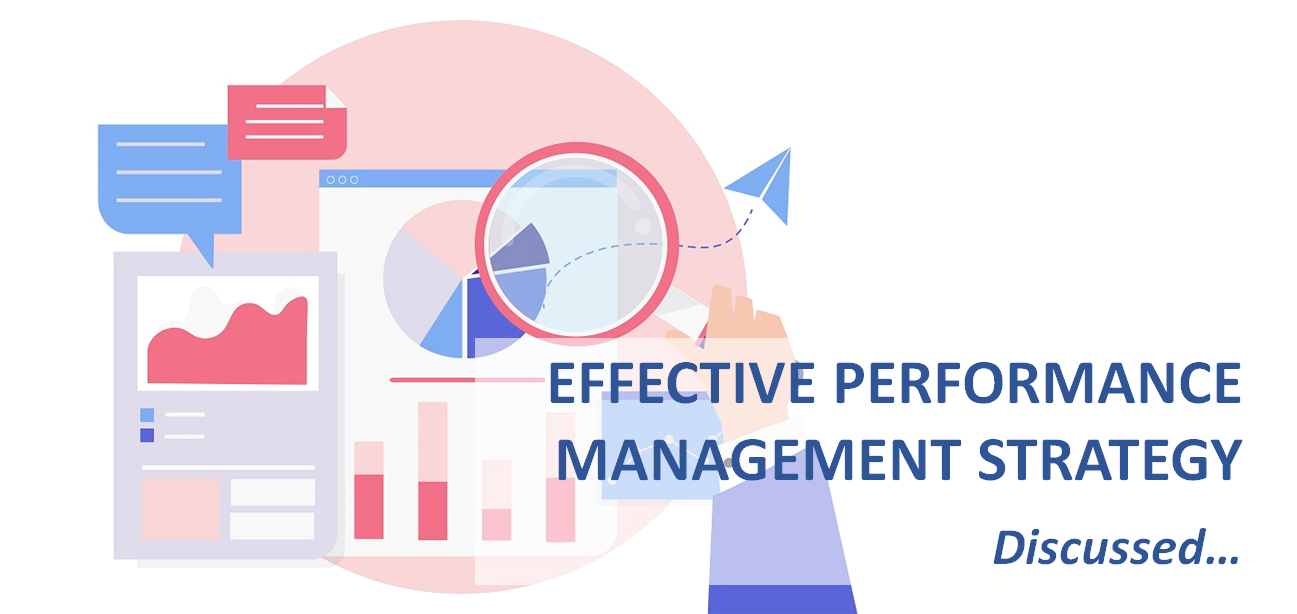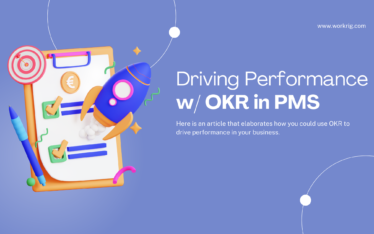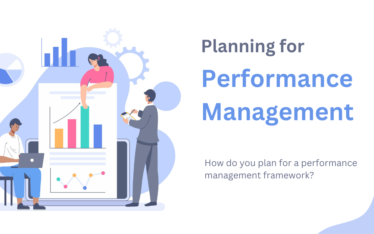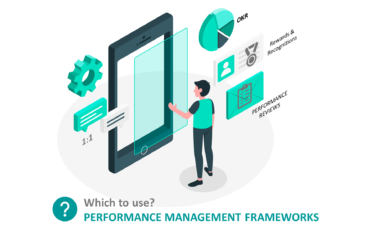How Does an Effective Performance Management Strategy Impact Organisation

INTRODUCTION
A growing number of companies worldwide are shifting to an ongoing and continuous performance management strategy focusing more on individual development and cross-organisational alignment instead of an annual model. Performance management can enhance employee engagement and create happier, more productive employees. And when performance management is done right, it can help employees become more productive, develop new skills, and actively promote organisational goals. An effective performance management strategy also helps organisations improve processes and systems towards greater efficiency and growth.
What is Effective Performance Management?
Performance Management is a unified strategic approach that helps organisations achieve their goals and objectives by monitoring and enhancing the overall performance of people, teams and organisations at large. It’s imperative for employees to know their goals and targets set for the year so that they can put their dedicated efforts in the right direction and work towards achieving them efficiently. Employees are cognizant that their managers monitor and check their performance by comparing the actual results and output with what was predetermined. This evaluation process determines an increase in pay, incentives, bonuses, and promotions. Effective performance management helps organisations accomplish their annual targets, increase their revenue and profitability, and bring together a number of different yet integrated activities that form as steps across the cycle, as shown below:
However, with fast-evolving corporate culture, global organisations worldwide are beginning to ditch the traditional annual performance cycle in favour of periodic and regular check-ins and feedback. Feedback (real-time) that is consultative and meaningful and furthers interpersonal relationships. This way, organisations can have a healthier culture where employees are more productive, happy and efficient.
These timely performance discussions are mostly developmental and future-focused. It provides team members opportunities through the year to explore what has worked well and how success can be replicated. It also gives them an insight into the challenges faced and ways to overcome them. Such checks are also a great opportunity to address employee development while also offering them training opportunities and reinforcing performance expectations. Let’s have a look at them:
- Goal Setting
Before you get your teeth into your work, you need to set goals which the employees understand. It is a collaborative process, and they need to know the company’s goals, directions and impediments and their own individual goals as well. They should have a context as to why these goals matter and how they can further organisational goals and add value to their own work portfolio in the process. This gives them a great sense of inclusiveness, and they can set up goals that complement the organisation’s objectives. Also, when employees are made owners of certain tasks, they experience a sense of ownership, which results in improved employee performance. Employees care more about their roles and are more actively involved when they know and truly understand how their efforts matter.
- Transparency in communication
Employees expect their leaders to be open and honest at all times. They want actual, real-time communication to build good working relationships with their colleagues and leaders. This involves regular feedback and honest discussions, even when it’s a hard talk.
- Employee reward and recognition
An effective performance management system should prioritise employee reward and recognition. Employees should feel valued and appreciated for the work they do and the efforts they put in. The absence of it can most likely have a negative bearing, and they may harbour feelings of quitting the workplace.
- Employee growth and development
Change is the only constant, and people want to move to bigger, better things in life. Employees want to upskill themselves for better opportunities. Advancement and development are important to employees , and organisations benefit when employees are more skilled and capable.
PERFORMANCE MANAGEMENT STRATEGY
Now let’s outline a concrete strategy for utilising performance management to determine employee potential and promote organisational success.
- Aligning goals and objectives with organisational strategy
The purpose, goals and objectives of each unit of the organisation should support and relate to the purpose, goals, and objectives. This creates a situation where the organisation moves forward each time a departmental goal is accomplished. Setting periodic departmental strategy meetings fosters alignment by allowing managers, department heads, and other stakeholders to sync up and evaluate progress. Managers can communicate insights or changes to their teams, ensuring that every organisation member acts in tandem.
- Setting criteria
Transparent management is critical to the credibility of the entire performance management process. Setting clear criteria and performance indicators enable every employee to understand their role in the organisation. Individual tasks and deliverables should be designed according to the SMART objectives; Specific, Measurable, Achievable, Realistic, and Time-bound.
- Evaluation method
There are various performance management methods, depending on the industry or department. Evaluation or performance review is essential to an effective performance management function. Therefore, managers can decide how often they’d want to deliver performance reviews to their teams and employees. Annual performance reviews are practised annually, but continuous or frequent reviews allow managers to address challenges faced by employees and find ways to mitigate the same before it affects their performance and productivity. Managers can also solicit feedback from their employees. This way, they can gauge how they’ve handled a given situation.
- Integrating performance management into business planning
Since performance management deals with personal objectives that feed into the organisation’s strategy to achieve its goals, performance management should also be an integral part of business planning. So, make adequate space and time for initiatives like employee development, manager training, periodic reviews, and other requisite performance management activities.
- Ensuring direct and clear communication
Effective and successful performance management depends on the engagement and involvement of all employees. It’s essential to be clear about what your performance management process seeks to achieve, how it plans to operate, how objectives are set, what criteria will is used for evaluating performance, and if compensation is included. A culture of open communication enables management to stay efficient, agile and productive.
- Monitoring and reviewing
Keeping track of your performance management strategy and what it has achieved is critical to checking and validating its efficacy and effectiveness. An online performance management platform like Workrig gives you exceptional control over performance data, metrics, and employee feedback. Review the information and share insights across your organisation to identify gaps and celebrate achievements or leverage this knowledge to execute necessary changes so that your organisation can keep operations on track.
Wrapping up
Organisations across the globe are warming up to these seemingly revolutionary ideas and practices of performance management. The traditional annual review process gives way to more frequent interactions and feedback between managers and employees. To a great extent, ratings are being abandoned and replaced with productive performance discussions. Managers and employees collaborate, discuss and set stretch goals for the future. This dynamic and strategic approach to enhancing employee performance is gaining substantial ground in large and small companies, including many Fortune 500 and industry-leading organisations. It is because the debate isn’t really about whether traditional, isolated annual reviews are ineffective or not; it’s about how you replace them with a more human-centred, trust-building and celebratory approach.




